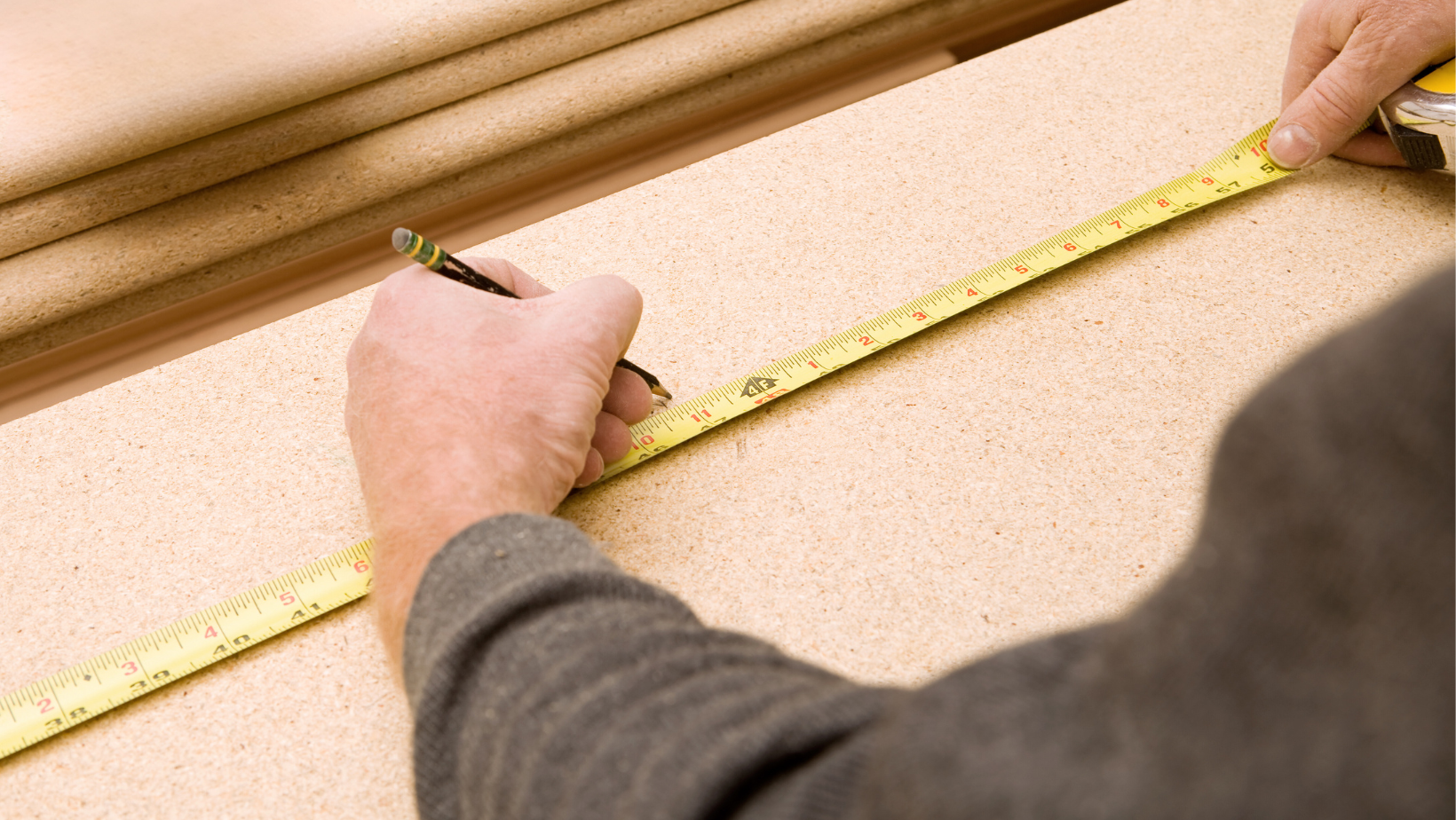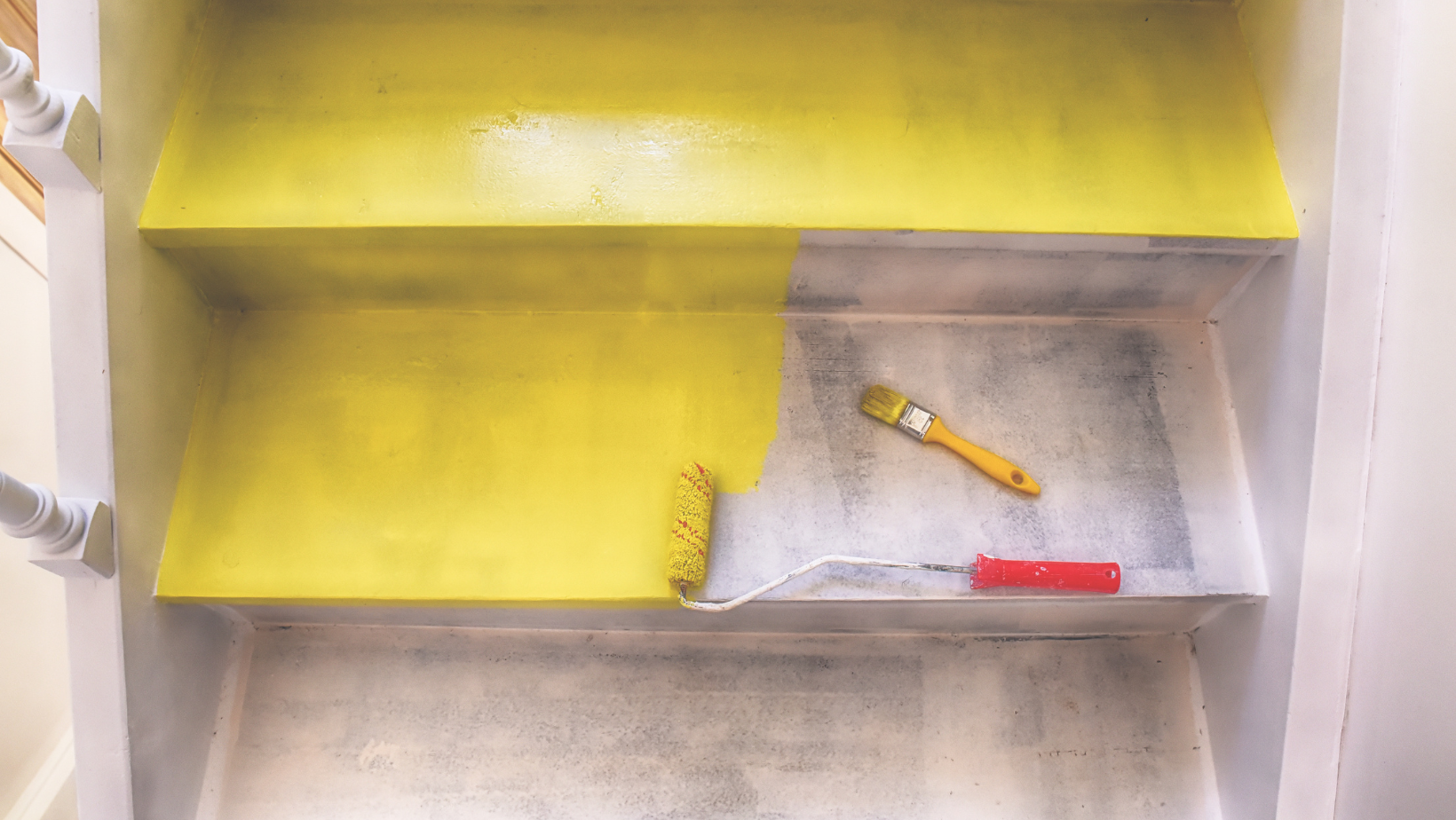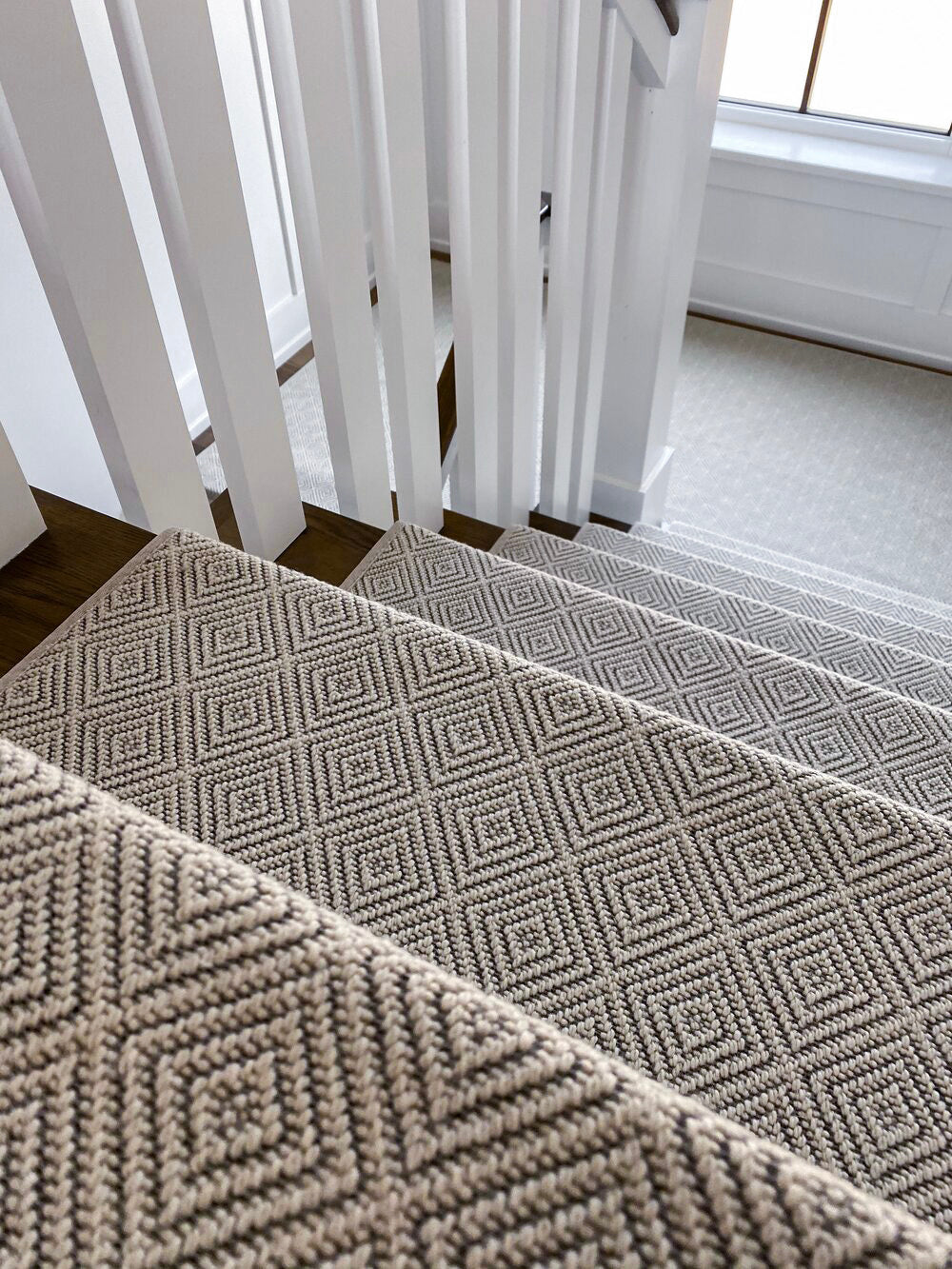Your stair treads take a beating every day, so applying the right number of polyurethane coats is key to protecting them.
Learn how many coats of polyurethane to use on your wooden stair treads and discover other upgrade ideas to elevate the look and function of your stairs.
From installing carpet stair treads to other creative enhancements, this article has everything you need to give your staircase a stylish and practical makeover.
How many coats of polyurethane on stair treads depends on the type of polyurethane used and the level of protection desired.
In general, it's recommended to apply at least two to three coats for optimal durability. Before installing carpet stair treads, you want to make sure your polyurethane is completely dry.
How Many Coats of Polyurethane on Stair Treads
The number of coats you need depends on the type of polyurethane and the level of protection you want.
In most cases, two to three coats will provide strong durability.
If you’re using water-based polyurethane, you may need four or more coats for the best results.
This is because water-based polyurethane dries faster but is thinner, requiring additional layers for adequate protection.
On the other hand, oil-based polyurethane is thicker and requires fewer coats, but it takes longer to dry between applications.
Properly applying each coat ensures an even finish that enhances the beauty of your wood while protecting it from foot traffic.
Neglecting to apply enough coats can result in an uneven finish, leaving some areas more vulnerable to damage over time.
Before installing carpet stair treads, make sure the polyurethane is fully dry to prevent trapping moisture, which can lead to warping or mold growth.
Can You Use Polyurethane on Wooden Stairs?
Yes, polyurethane is a great choice for wooden stairs.
It adds a protective layer that prevents scratches, dents, and water damage.
It also enhances the natural wood grain and gives the stairs a polished finish.
Because stairs experience heavy foot traffic, they are more susceptible to scuffs and scratches than other wooden surfaces in your home.
Polyurethane acts as a shield, preventing minor damage and making the stairs easier to clean.
Additionally, using polyurethane with a satin or matte finish can reduce glare, making your stairs safer to walk on in bright lighting.
Using the right type of polyurethane also impacts how easy it is to maintain your stairs—oil-based varieties are more durable, while water-based versions are easier to reapply over time.
Importance of Polyurethane Coating
Wooden stair treads experience heavy foot traffic.
Over time, this leads to scratches, dents, and fading.
A polyurethane finish helps protect the wood from damage.
Without proper protection, dirt and moisture can seep into the wood, causing it to swell or warp over time.
A well-applied polyurethane coat also makes cleaning easier by creating a smooth surface that resists stains and buildup.
Regular maintenance, such as occasional resealing, can further extend the lifespan of your stair treads.
For homeowners looking to maintain the natural beauty of their wood, polyurethane offers a solution that balances durability with aesthetics.
Determining the Number of Coats Needed
The number of coats depends on your stair treads’ condition and how much traffic they receive.
For light traffic areas, two coats may be enough.
For high-traffic stairs, three or more coats offer better durability.
If your stairs lead to an entryway or main hallway, they will likely see more use, making additional coats a smart investment.
Applying extra layers helps prevent visible wear patterns from forming, which can make your stairs look old and worn over time.
Additionally, if your home has pets or young children, consider adding an extra coat for added scratch resistance.
Step-by-Step Guide for Applying Polyurethane
Applying polyurethane correctly ensures your stair treads last longer.
Follow these simple steps to get a smooth, DIY stair tread professional finish.
Taking your time with each step will result in a more even application and fewer touch-ups later.
Each stage of the process plays a critical role in ensuring a flawless final appearance.
Skipping steps or rushing through drying times can lead to imperfections that are difficult to fix.
Step 1: Prepare the Surface
Sand the stair treads to remove any rough spots or old finishes.
Use fine-grit sandpaper to create a smooth surface.
Clean the treads thoroughly to remove all dust and debris.
Any dust left on the surface can get trapped under the polyurethane, creating a rough texture that detracts from the final look.
Wiping down the treads with a damp cloth after sanding ensures a clean surface for better adhesion.
Proper preparation also helps the polyurethane penetrate the wood more effectively, resulting in a longer-lasting finish.
Step 2: Sand the Surface
Once the first coat is dry, lightly sand the surface with fine-grit sandpaper.
This smooths out any imperfections and helps the next coat adhere better.
Wipe away the dust with a tack cloth.
Sanding between coats eliminates any bubbles or uneven spots, ensuring a professional finish.
Skipping this step may result in a rough or streaky texture that doesn’t look as polished.
If you notice any raised grain after the first coat, sanding will help smooth it out before applying the next layer.
Step 3: Let It Cure
After the final coat, allow the polyurethane to fully cure before walking on the stairs.
Curing times vary by product but usually take several days.
Rushing this process can lead to premature wear, as the surface remains soft and prone to damage.
For best results, avoid placing heavy objects or rugs on the stairs until the curing process is complete.
Proper curing ensures that the polyurethane reaches its full hardness, maximizing its protective benefits.
Other Upgrade Ideas for Staircases
Polyurethane isn’t the only way to improve your stairs.
Here are other easy upgrades that can enhance safety and style.
Making small changes can significantly boost the look and functionality of your staircase.
Combining different upgrades can give your stairs a custom, high-end feel without major renovations.
Upgrading Handrails and Balusters
New handrails and balusters can transform your staircase.
Choose from modern, sleek designs or classic, traditional styles.
Upgrading these features can improve both safety and aesthetics.
Consider using contrasting materials, such as wood and metal, to create a unique visual effect.
If you have an older home, refinishing existing handrails instead of replacing them can maintain its historic charm.
Importance of Enhancing Your Staircase
Your staircase is more than just a functional part of your home.
Upgrading it can improve safety, aesthetics, and even increase property value.
A well-maintained staircase creates a lasting impression, especially in open-concept spaces.
Investing in high-quality finishes and upgrades can make your home feel more cohesive and elegant.
Even small improvements, like fresh paint or new stair treads, can dramatically change the look of your space.
Ready to Elevate Your Staircase? Let’s Make It Happen!
Your staircase is more than just a way to get from one floor to another—it’s a key part of your home’s design. Whether you want to add warmth with carpet stair treads, create a seamless transition with a landing rug, or upgrade your hallway with a stylish runner, Oak Valley Designs has the perfect solution. Our high-quality, easy-to-install options bring comfort, safety, and style together effortlessly.
Not sure where to start? We’re here to help. Reach out to us today, and let’s find the right fit for your home.
-
Visit Us: 30 River Ct SW Bldg E, Cartersville, GA 30120
-
Call Us: 706.331.0315
-
Email Us: info@oakvalleydesigns.com
-
Explore More: https://oakvalleydesigns.com/




